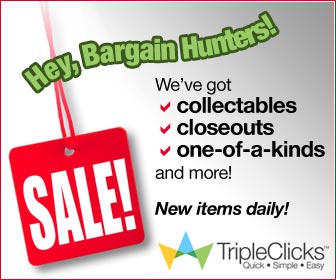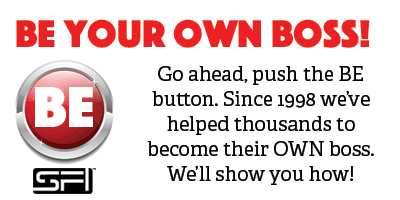Before transplanting the seedlings into your garden, harden them off for seven to 10 days by placing them outdoors, starting with a couple of hours and slowly increasing the time each day. Once they're ready to be transplanted, keep the following guidelines in mind:
Transplant on an overcast day
Ideally, transplant your cauliflower on an overcast day or in the evening to prevent wilting.
Plant and row spacing
Space each plant about 20 to 25 inches apart, with the same amount of distance between rows. Placing them too close together will result in smaller heads, so avoid the temptation to crowd them together.
 Soil considerations
Soil considerations
Cauliflower requires soil rich in nitrogen and potassium with a pH between 6.0 and 7.0. Prepare your bed by mixing in a generous amount of organic compost. Soil should also be well compacted, so it's best to prepare your planting bed a few weeks or months in advance. Alternatively, be sure to tamp the soil down firmly with your boot around the plant's roots.
Watering
An hour before transplanting, water the plant trays. Water again once they're in the ground but avoid soaking. Mulch will slow down evaporation and protect against heat. Make sure the plants stay moist throughout the growing season. Bitter cauliflower is a sign of insufficient watering. Creating a small dam around the plant will help prevent water runoff.
Pest prevention
Use a featherweight row cover to protect the plants from pests.
Fertilizer recommendations
Every two weeks, apply a natural high-nitrogen fertilizer such as liquid seaweed feed (best), fish emulsion, compost tea or a combination of seaweed and chicken manure pellets. If you notice browning of the heads or if the plant develops distorted leaf tips, the plant is likely lacking in boron.
Apply a foliage feed like liquid seaweed extract once every two weeks until the symptoms clear up. Planting a fall cover crop of vetch or clover will help enrich the soil with boron for the next season.
Blanching
If you're growing a regular white variety, once the flower heads reach a size of about 2 inches, be sure to provide some shade if you want to avoid yellowing of the heads. Rodale's Organic Life provides the following suggestion:
"Prepare plants for blanching on a sunny afternoon when the plants are totally dry, because damp heads are more susceptible to rot. Just bend some of the plants' own leaves over the head and tuck them in on the opposite side, or secure the leaves at the top with soft twine, rubber bands, or plastic tape. Use enough leaves to keep out light and moisture, but allow room for air circulation and for the heads to grow."
Harvesting and Storage
Your cauliflower is ready for harvest once the heads reach a size of 6 to 12 inches in diameter. Be sure to harvest while the heads are tight and unopened. Using a sharp knife, cut the stem just below the head, leaving a few leaves as protection for the curds. Should your crop get hit by a heavy frost, harvest the frozen heads and cook them immediately. They'll be inedible if you allow the heads to thaw and refreeze.
Cauliflower is best used right away, but can stay fresh for a few weeks if refrigerated. Another alternative, if you need to store the cauliflower for a longer period of time, is to uproot the whole plant and hang it upside down in a cool, dry place. This way, the cauliflower will stay fresh for up to one month without refrigeration.
Facts Credit: mercola.com











